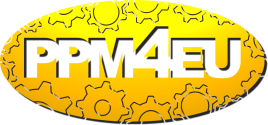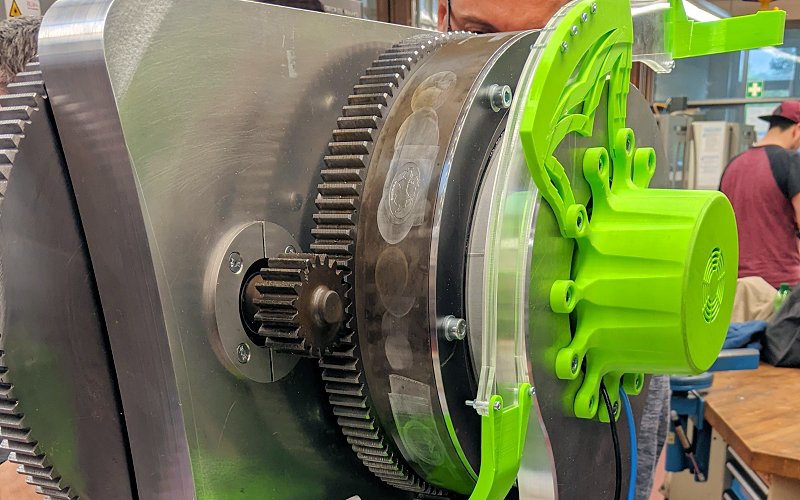 |
01 - Penny Press Machine The essential idea of this European cooperation was to built a "Penny Press Machine" based on mechanical engineering and the use of CNC tool machinery including engineering data management. Within project duration, students have produced eighty different Parts and Pieces, thirty of them on CNC-machinery. Many of those parts needed high accuracy, exact measuring and precise manufacturing with only little tolerances. Twelve different parts were furthermore produced by using the 3D-printing with dual extruding management technology. |
 |
|
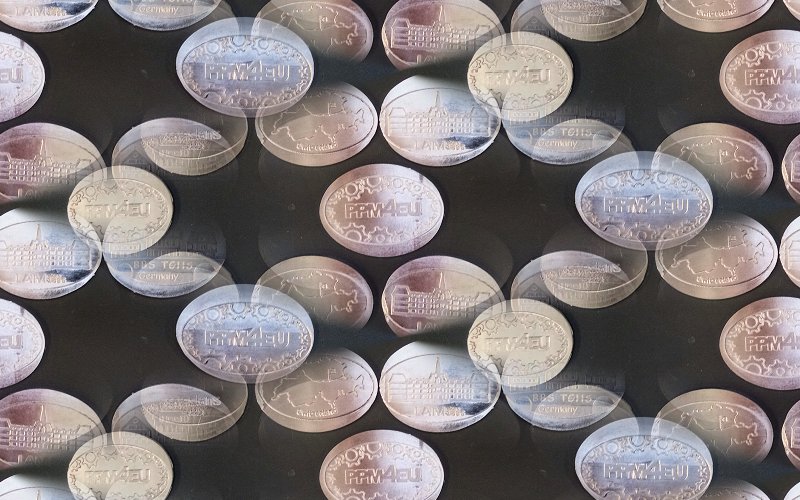 |
02 - Printed Coins When talking about penny pressing, we all have in mind a two sided coin which of course had to be printed on both sides within one single printing process. This was a rather challenging task to realize as the simultaneous printing on the two sides of one coin needs accuracy and precision in feeding the coin as well as the force and the speed of the press rollers. |
 |
|
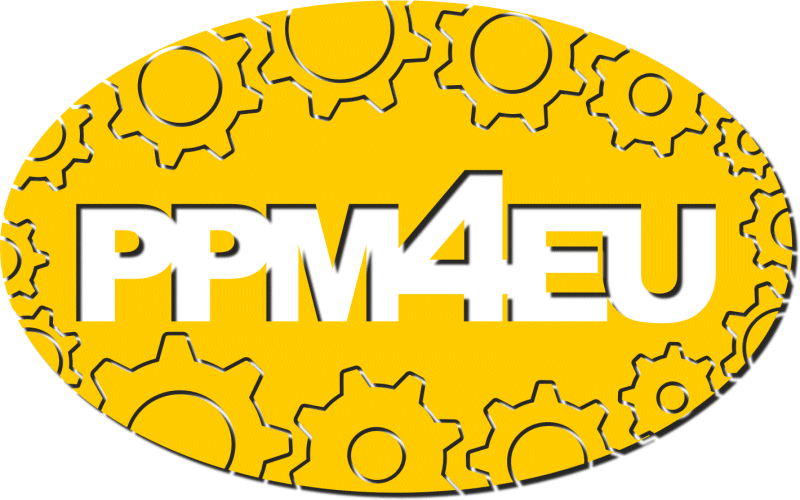 |
03 - Design of Project Logo In order to develop a corporate identity within this European partnership, we decided to create a project logo. For this reason, schools were asked to hand in proposals for the design. During our meeting in Barcelona, we had a voting process that ultimately resulted in the winning design coming from our partner school in Luxembourg. Congratuations! This logo was then used for the top side of the coin. |
 |
|
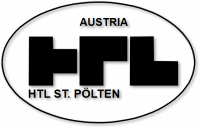 |
04 - Design of Regional Printing Motifs As the coin hast wo sides to be designed it was necessary for each partner in the project to create an own individual logo displaying either the well-known logo of the school or any other iconic element that would make identification possible. For the design and the final use of that logo in the printing process, students had to offer a paper drawing that was then implemented in the design of the printing module and then prepared and provided for the 3D-printing process of the coins. |
 |
|
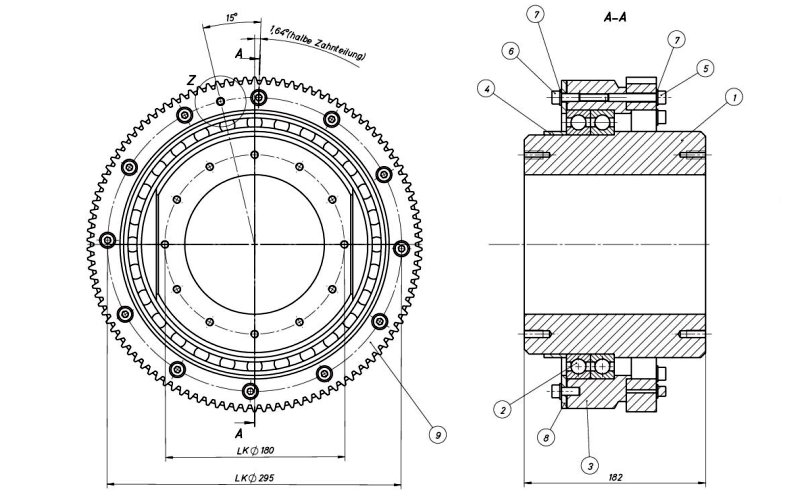 |
05 - Technical Drawings For any element and part no matter how important or which size, the students had to provide Technical Drawings of the complete "Penny Press Machine" to make visibility possible before starting manufacturing. That means that every single piece and then every module had to be planned and prepared in the work groups, then combined in work lines and finally transformed into CNC codes for the milling and turning process or STEP files used in 3D-printing. Making sure that every part and element then would in the end do its job was a huge challenge for every participant as very often work load on the pieces and modules had to be calculated in advance. |
 |
|
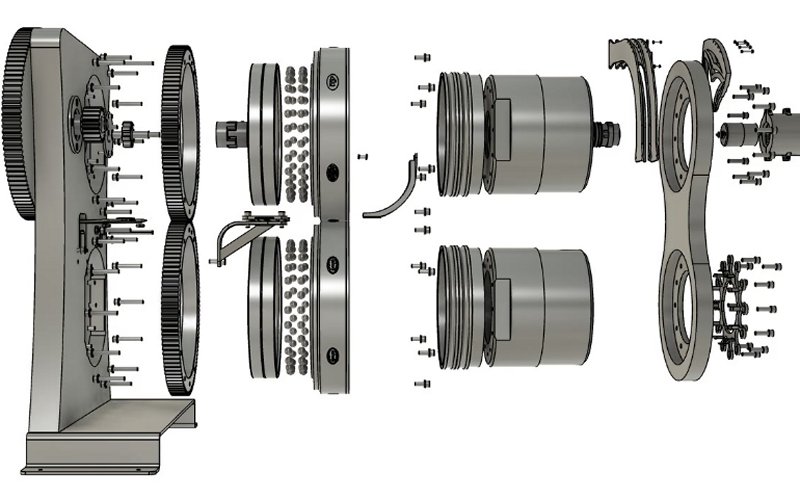 |
06 - Exploded Assembly Video After the technical drawing had been finished and the 3D-model had been prepared, the construction and design was then transformed into an Exploded Assembly Video to visualize the full design of the machine and to countercheck distances, tolerances and measurements. This video has been published on our project web for public use. |
 |
|
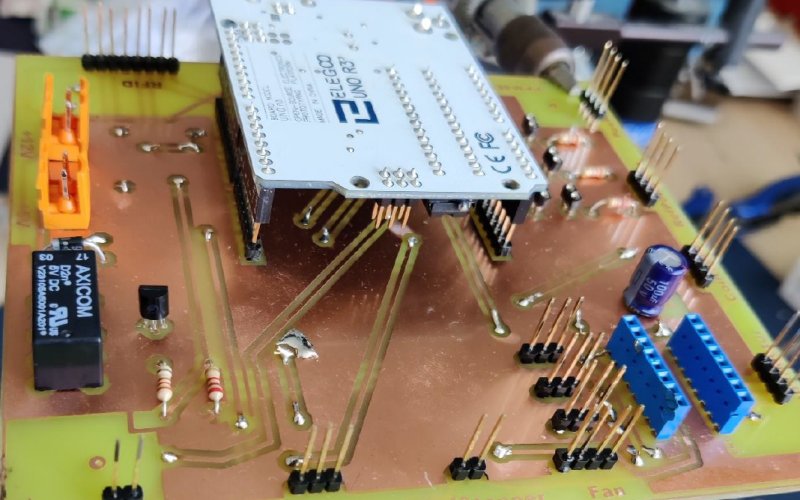 |
07 - Circuit Controller Board Unit For controlling the printing process in view to timing and force it is necessary to have a Circuit Controller Unit Board at the machine – in our case we have decided for an Arduino and a Raspberry PI processor linked to a small touch-screen monitor for interaction. The program code algorithm for the Arduino had to be provided by students as well as the circuit board itself, which was produced in the school workshops in St. Pölten in Austria. In Germany then, during the final meeting, the different parameters were clearly defined to reach proper printing results. |
 |
|
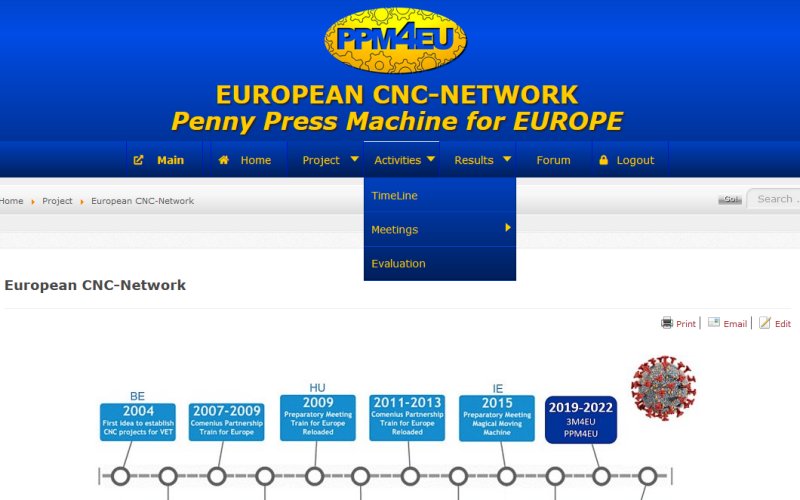 |
08 - Project Web The project webpage provides loads of information to the public about the meetings, the work process or offers download options for the different files that have been produced during project duration. Our Project Web is well-organized and welcomes anyone interested. Most of what can be found online has also been provided by our students from all over Europe! |
 |
|
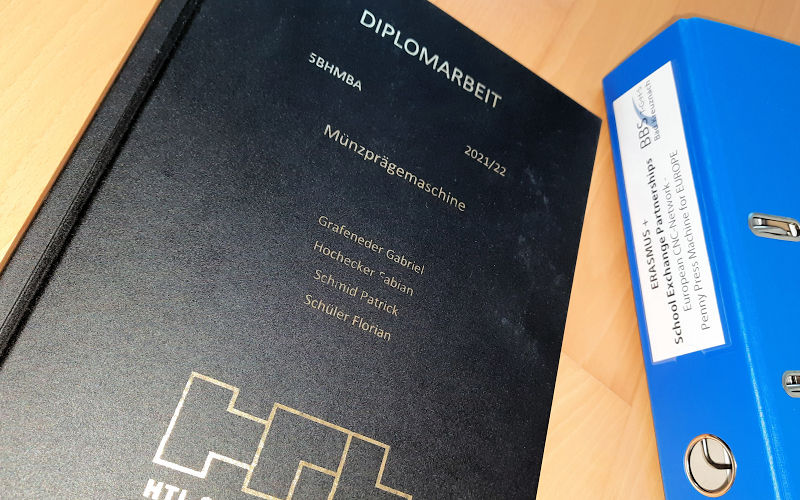 |
09 - Project Book The group of students from our Austrian project partner HTL St. Pölten has taken its chance and has worked on our "Penny Press Machine" as part of their final diploma. As a result, we have received a full documentary of the work process from the first sketches to all the calculations and the manufacturing of the machine. This Project Book with more than 200 pages can be found online on our webpage free for download. |
 |
|
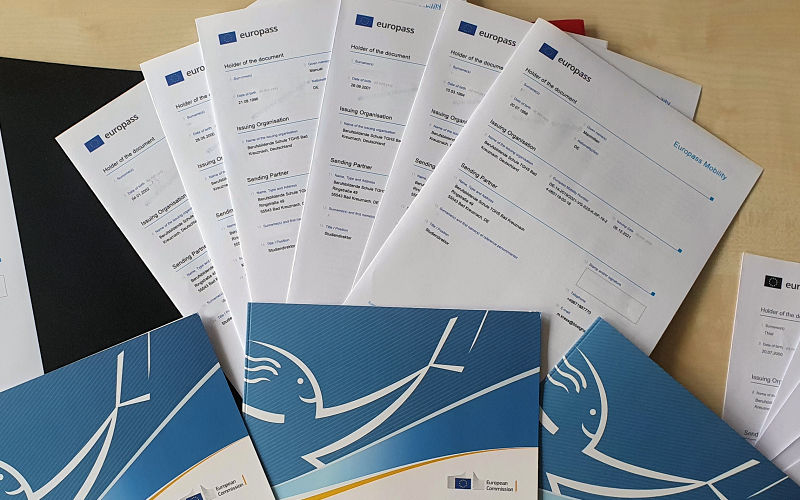 |
10 - Europass Certificates To ensure a long-term effect in view to the students´ further vocational activities it was very important to provide schools with the Europass certificates. Those certificates offered by the EU are recognized as an official document and show the multiple activities that have been carried out by students during the meetings abroad. As the project was being brought to a successful ending, the certificates have been handed out to all students involved in this European school project. |
 |
|
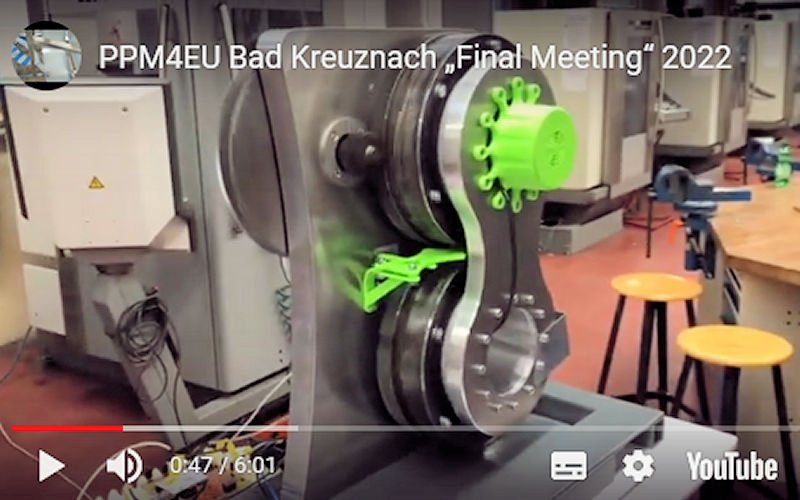 |
11 - Photo & Video Collection A huge Photo and Video collection has been organized by a group of students to make sure that everyone involved in the project may use this as a photo album. What a nice idea and what fun it is looking at all those photos and videos from our meetings and the production in the workshops! |
 |
|
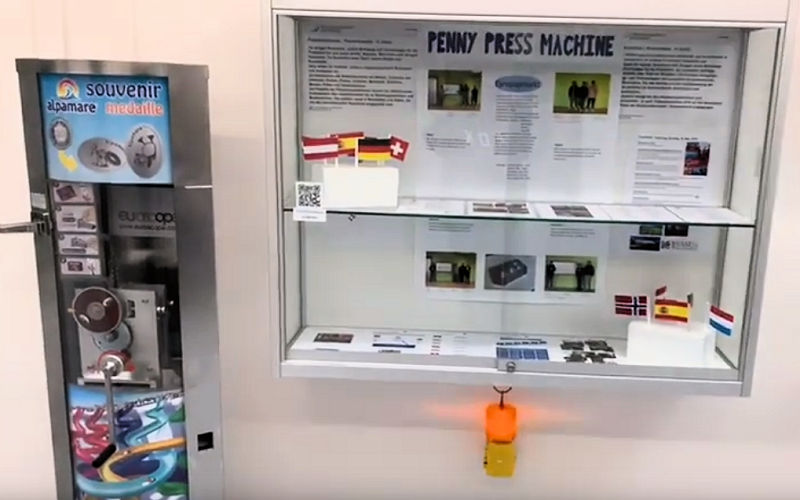 |
12 - Project Corner Information Board Of course, dissemination and spreading all the information about what we do in the project in our school has always been an important part of project work. Therefore, each school organized a project corner somewhere in the school building and used this spot to inform the school community about what´s up in the project. In this way, project work became transparent and highly informative for everyone at home and in school. |
 |
|
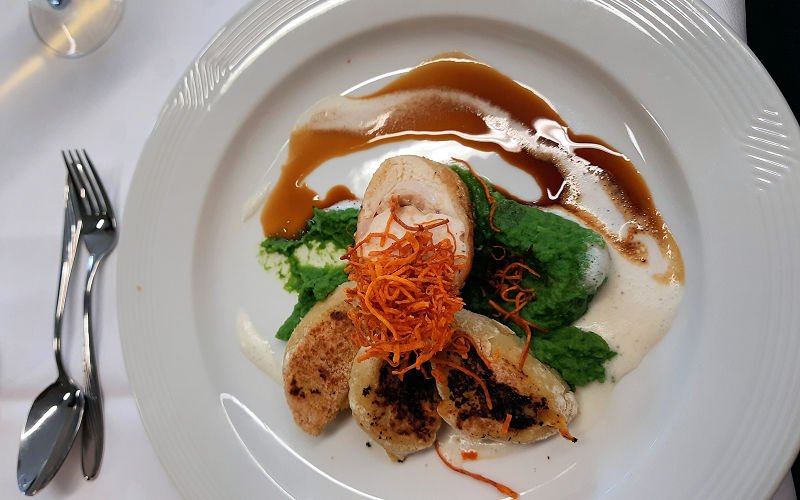 |
13 - Cultural & Culinary Events Besides all the technical work on our "Penny Press Machine" we have tried to offer different activities to become familiar with the local and regional diversity and important sightseeing attractions which make the different European regions so unique. Therefore guided sightseeing tours were taken in all the hosting cities, the welcome dinner and the farewell dinner gave us an insight into the typical regional kitchen from Catalonia to Lower Austria, from Norway to the north of Italy and not to forget Luxemburg and Germany. In chronological order, we have been to the Rumelange Musée des Mines I Luxemburg, the famous Colour Fountain Montjuic and the Tibidabo Mountain in Barcelona, the historic center of Vienna with its Prater and the Homely Heuriger and in Germany we took a tour through the world heritage Upper Rhine Valley. |
 |
|
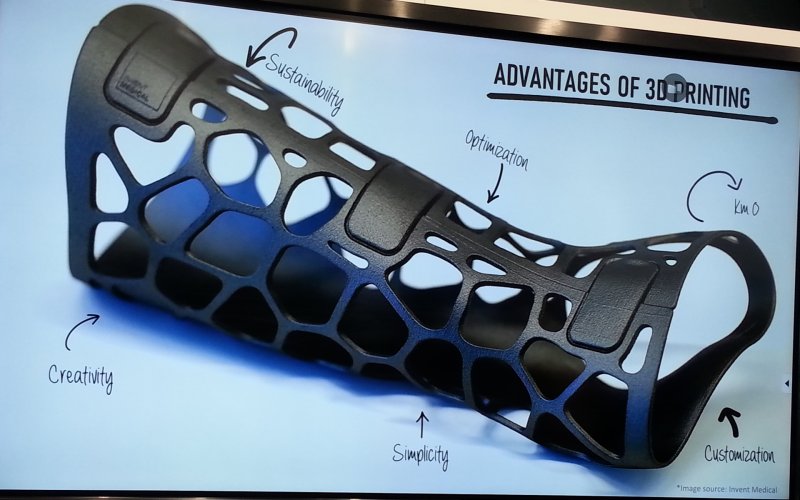 |
14 - Exploring Industry 4.0 The Diverdange Science Center in Luxemburg, giving us an insight into the development of technology and a future outlook on artificial intelligence and its possible impact on future life. In Spain, we were given access to the "3D Factory Incubator", a startup-initiative sponsored by the European Union and to the Leitat Technological Center, offering 3D-printing applications on top level. In Trondheim, we received a guided tour through the "Sandvik Coromant" plant, building high-tech drills without any vibrations in order to provide high precision and accuracy when drilling metals or any other material. At the "Doka" company at Amstetten in Austria, we were given insight into a company building scaffolding constructions. |
 |
|
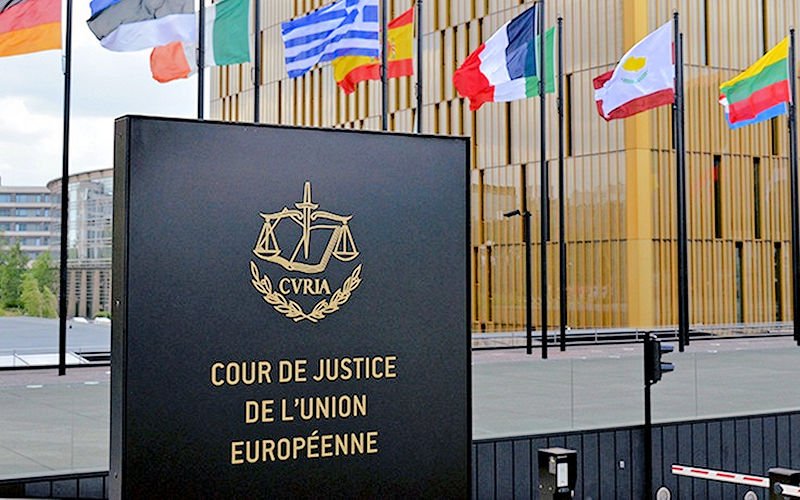 |
15 - Experience European Institutions As part of our original agenda for the meetings, the idea was to get to know the European institutions settled in the different hosting regions. Therefore, we spent half a day at the European Court of Justice in Luxemburg. During a guided tour we were told about the value and the work they do for a common European way of jurisprudence. Unfortunately due to the Covid-19 pandemic it was no longer possible after March 2020 to get access to any more European institutions such as the European Central Bank in Frankfurt or the ones in Vienna or Barcelona. |
 |
|
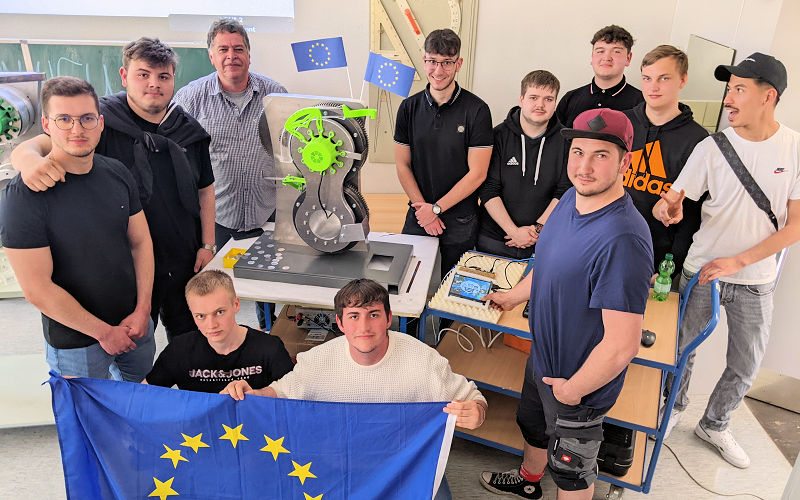 |
16 - Final Presentation Event The final presentation of our project work and the main product, the "Penny Press Machine" took place in the coordinating school in Bad Kreuznach, Germany. This event was completely prepared by students involved in the project and gave a perfect overview of how it all started with a project idea and all the technical challenges and then ended by printing coins on our "Penny Press Machine". This Final Presentation Event was very impressive for the guests as well as for all the participating students and teachers as it not only gave an insight into our work, but was also characterized by the "European Spirit" of togetherness and mutual cooperation. |
 |
|
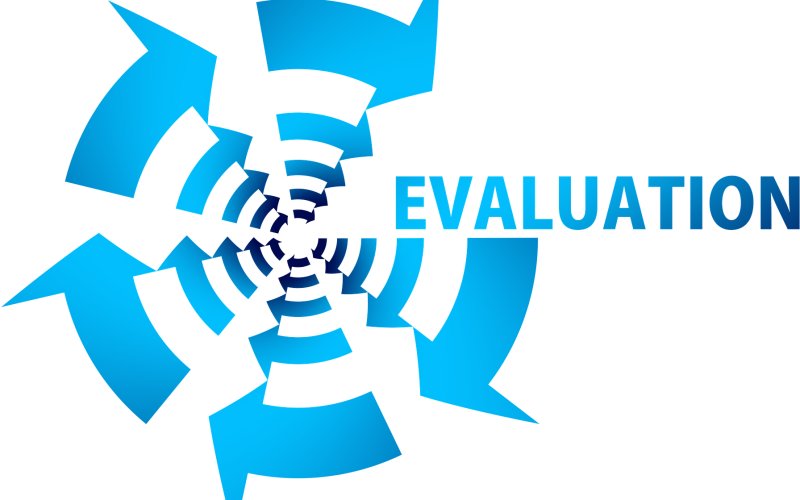 |
17 - Meeting Evaluation Surveys After having finished project work or after having just passed different milestones within a project, it is a useful and common procedure in industry as well as in the field of education to evaluate what has been done so far, in how far work progress fits to the targets and in how far the applied methods and techniques have been useful or not. Based on that we have established an Online Evaluation tool to give a review and a feedback after each meeting regarding work structure and progress, the cultural offers and the individual learning progress within the project work. The results of those evaluations have not only been published to all participants but also influenced the further work progress. |
